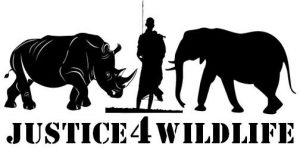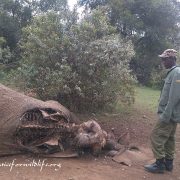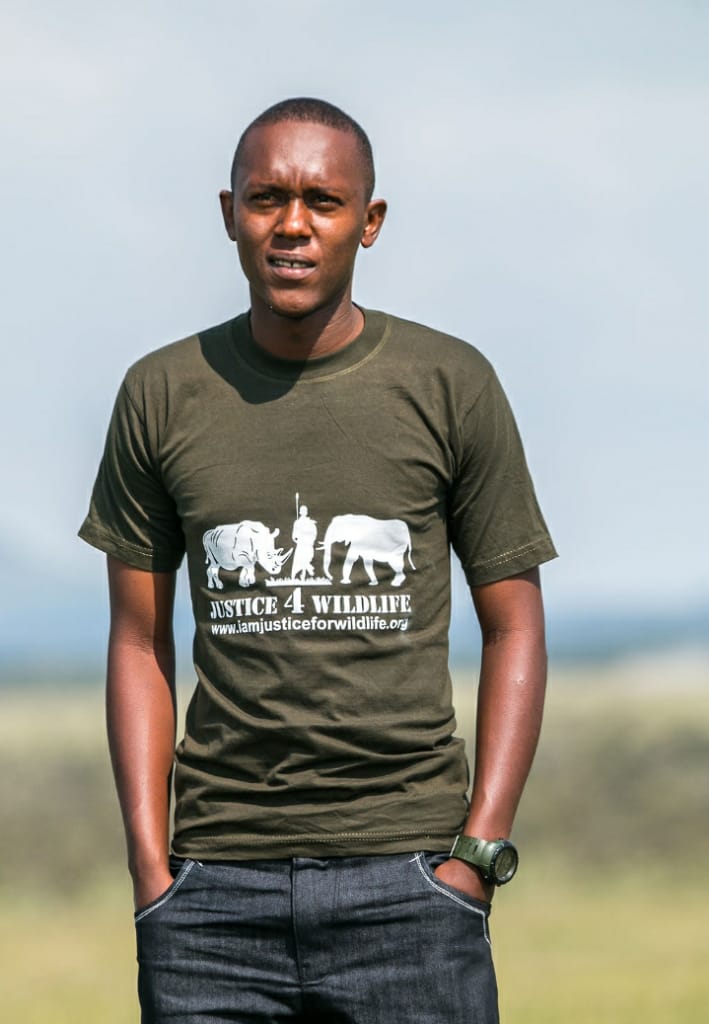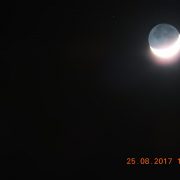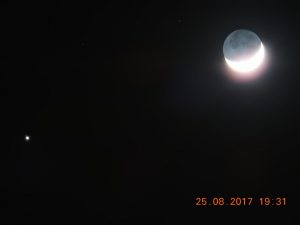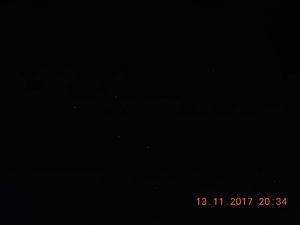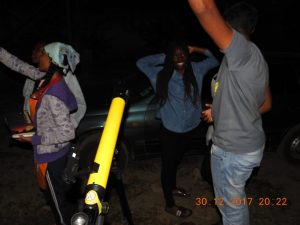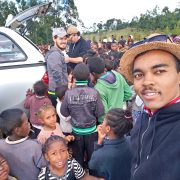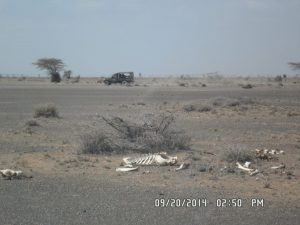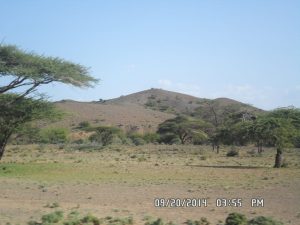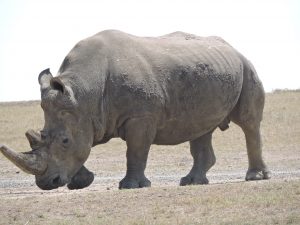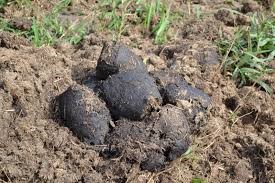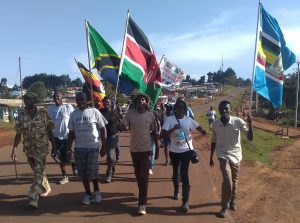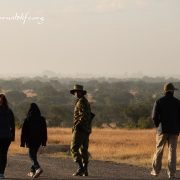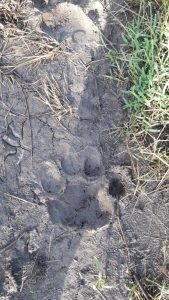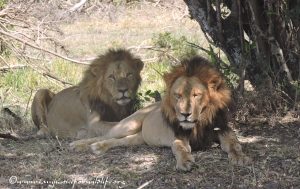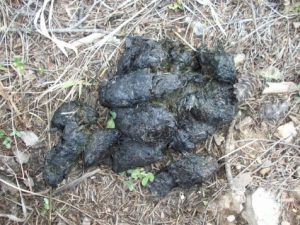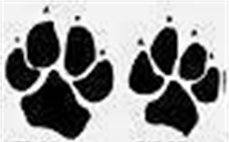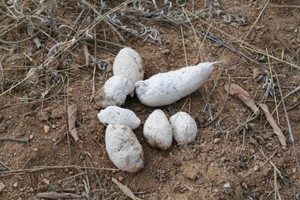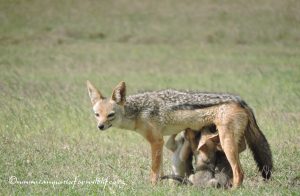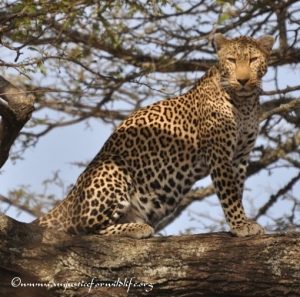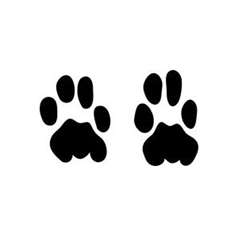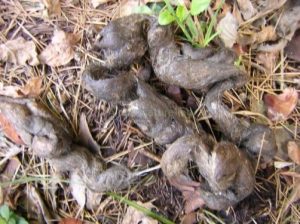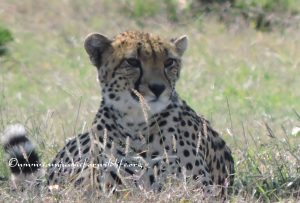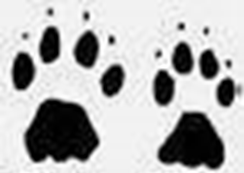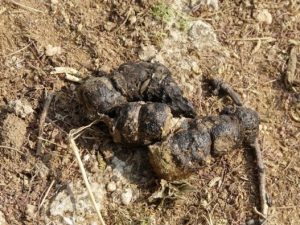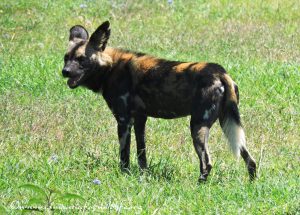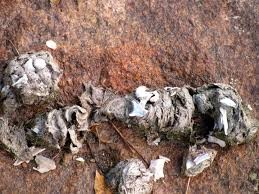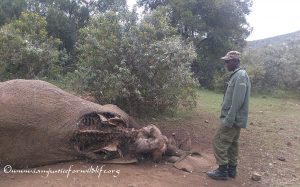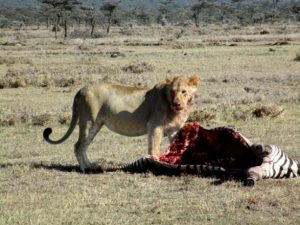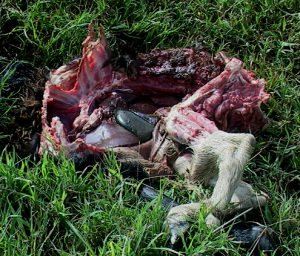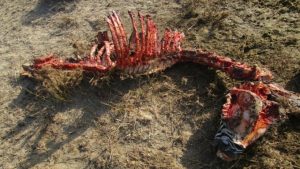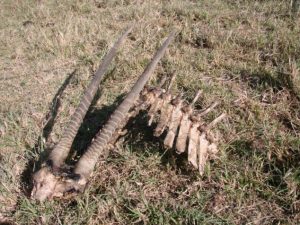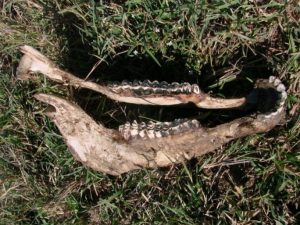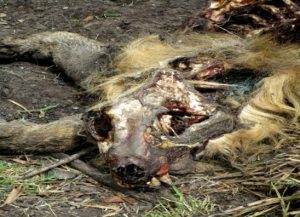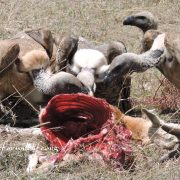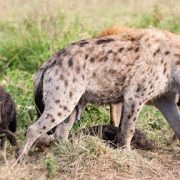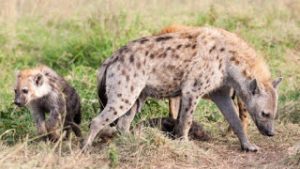The Ivory Bill has gained Royal Assent to become law. The Act is expected to come into force in late 2019. The end of the ivory trade in the UK removes any hiding place for the trade in illegal ivory and sends a powerful message to the world that ivory will no longer be valued as a commodity. Ivory belongs on an elephant and when the buying stops the killing will stop.
One of the world’s toughest bans on ivory sales has become law in the UK today as the Ivory Bill gained Royal Assent to become the Ivory Act 2018.
Since the Bill was introduced on 23 May 2018 it has rapidly cleared Parliamentary processes, with support from across the House. It is expected to come into force in late 2019.
The number of elephants has declined by almost a third in the last decade and around 20,000 a year are still being slaughtered due to the global demand for ivory.
Environment Secretary, Michael Gove said:
It is an extraordinary achievement to have passed this Act of Parliament. The Ivory Act is a landmark in our fight to protect wildlife and the environment. The speed of its passage through Parliament shows the strength of feeling on all sides of the House on this critical issue.
The UK has shown global leadership and delivered on a key commitment in the 25 Year Environment Plan. We are determined to end this insidious trade and make sure ivory is never seen as a commodity for financial gain or a status symbol.
Once commenced, the Act will:
- Introduce a total ban on dealing in items containing elephant ivory, regardless of their age, within the UK, as well as export from or import to the UK.
- Create narrow and carefully defined set of exemptions.
- Establish a new compliance system to allow owners to continue to trade in exempt items
- Introduce tough new penalties for those found guilty of breaching the ban, including fines and possible imprisonment.
During October 2018, the Environment Secretary, Michael Gove launched a coalition of political leaders, conservationists and celebrities dedicated to defeating the illegal trade in ivory and establishing ivory sales bans in other countries around the globe. It is called the Ivory Alliance 2024.
Helen Clark, former Prime Minister of New Zealand said:
I am delighted to see the UK’s domestic ivory ban is now law and to be part of the Secretary of State’s Ivory Alliance 2024, which will tackle the demand side of the severe poaching crisis we have seen in the past decade. This crucial agenda has my strong support, and I look forward to playing my part by engaging government leaders on strong legislation and enforcement.
This show of leadership from the UK comes at a crucial time for wildlife conservation internationally — and will go a long way towards influencing countries, including New Zealand and Australia, on movement towards their own bans.
Support from Non-Governmental Organisations working in international conservation:
Will Travers OBE and Virginia McKenna OBE, Co-Founders the Born Free Foundation, said:
Protecting wild elephants from the ravages of the bloody ivory trade requires anti-poaching; intelligence gathering; trafficking interception; deterrent sentencing; public education in market countries; and ending the trade in ivory – all ivory. The measures taken by the Westminster government to bring near-complete closure to the UK’s domestic ivory market – one of the largest in the world – are fully endorsed by the Born Free Foundation and have overwhelming support in the country. They are not only practical, workable and effective, but send a powerful signal that we no longer value the teeth of dead elephants, but champion the compassionate conservation of wild, free-living elephants and the habitats they rely on.
Professor Lee White CBE, director of the Gabonese National Parks Agency said:
This is an important step towards taking action to protect our precious elephants in Africa. At the Giants Club summit in April, Gabon along with many of our African partners called on Europe to implement a ban on commercial ivory sales. I am delighted to see the UK has listened to us in Africa and has continued to be a key partner, with Gabon, in this fight against the Illegal Wildlife Trade.
Old or new ivory and its continued sale around the globe helps to fuel the illegal killing of Forest Elephants in Gabon, as it creates a demand for this commodity. We must stop it by encouraging more domestic sales bans, like the UK has introduced.
I want to congratulate the UK for showing leadership on this important issue.
Charlie Mayhew, Founder and CEO of Tusk Trust said:
The significance of Royal Assent for the Ivory Bill should not be underestimated as we continue our fight to save one of the planet’s most iconic species. Tusk has worked closely with DEFRA and Government Ministers over the last three years to introduce this legislation, for which there has always been overwhelming public support. Whilst recognising the need to include pragmatic exemptions to protect items of important historic, artistic and cultural value, this Bill sends a clear message that there is no place for the use of ivory in the 21st century.
The UK Government has once again taken a lead on tackling the trade and reducing the poaching that has decimated elephant populations over the last three decades. We sincerely hope that this move will now persuade the EU and other countries to follow suit and bolster vital efforts to halt all illegal wildlife trade.
Paul De Ornellas, Chief Wildlife Advisor at WWF said:
Stopping the brutal trade in ivory is crucial to end trafficking and ensure a future for elephants. The UK government has listened and is showing decisive leadership. Now, we need China, the major destination for illegal ivory in recent years, to resolutely enforce its trade ban. It’s also equally important, for other countries on the Chinese border, to commit to closing their ivory markets.
John Stephenson, Stop Ivory CEO said:
We welcome the new Ivory Act. It represents an important milestone in the eradication of the ivory trade, a trade responsible for the poaching that threatens the very survival of elephants as a species.
The new law is exactly what African governments on the front line of the poaching crisis have been calling for.
The 19 African countries that form the Elephant Protection Initiative see this law as a breakthrough in their struggle to save their elephants.
We urge those remaining governments which continue to allow the ivory trade, including the EU, to follow the UK’s leadership and hasten the day when ivory is no longer valued as a commodity. When the buying stops, the killing will stop.
Head of Policy and Campaigns at IFAW, David Cowdrey, said:
The UK ivory ban is a momentous victory for elephant conservation. With populations being decimated by the poaching crisis at the rate of one elephant slaughtered every 26 minutes, it is vital that we close down ivory markets. The British public are strongly rejecting ivory ownership in favour of elephant protection and we are delighted that the UK Government has succeeded in putting in place one of the toughest ivory bans in the world. We hope that others will follow their lead so that in future, ivory is only valued on a live elephant.
Matt Walpole, Director of Conservation Programmes at Fauna & Flora International said:
This ban sets a global standard and, by removing opportunities for trade in ivory, sends a clear message that elephants are more valuable alive. Poaching for trade in ivory is arguably the greatest threat to elephants today. Other countries with legal ivory markets must now follow suit so that elephants will be one step closer to a brighter future.
Background
Ivory Act 2018
Create narrow and carefully defined exemptions to the ban for:
- Items with only a small amount of ivory. Such items must be comprised of less than 10% ivory by volume and have been made prior to 1947
- Musical instruments. These must have an ivory content of less than 20% and have been made prior to 1975
- Portrait miniatures. A specific exemption for portrait miniatures – which were often painted on thin slivers of ivory – made before 1918
- Sales to and between accredited museums. This applies museums accredited by Arts Council England, the Welsh Government, The Scottish Government or the Northern Ireland Museums Council in the UK, or, for museums outside the UK, The International Council of Museums
- The rarest and most important items of their type. Items of outstanding artistic, cultural or historic significance, and made prior to 1918. Such items will be subject to the advice of specialists at institutions such as the UK’s most prestigious museums
Ivory Alliance 2024
- The ambition of the Ivory Alliance 2024 is to reduce the illegal killing of African elephants by at least one third by the end of 2020, and two thirds by the end of 2024, a decade on from the 2014 London Declaration committing governments around the world to fight the illegal wildlife trade.
- Our ambitions for the Ivory Alliance are based on data from the CITES Monitoring the Illegal Killing of Elephants (MIKE) programme.
- Tracking and measuring elephant poaching and populations is a complex science. We are setting up a Group of Specialists that will inform the Ivory Alliance campaign. The first task of this group will be to determine the most robust and appropriate metric to measure the success of the Ivory Alliance against its target ambition.

Elephants mourning one of their deceased
“For most of history, man has had to fight nature to survive. In this century he has to realize that in order to survive he has to protect it.” Jacques-Yves Cousteau Here we celebrate the unsung wildlife heroes in the grassroots doing remarkable work to conserve our wildlife heritage, Get to learn about wildlife from a ranger/ ecologist in Kenya a freelance eco-traveler, experience the diverse cultures and African heritage from the natives and take an adventure to new destinations to learn about rare attractions that are hardly talked about and to top it all up some of the best wildlife photographs that will make you reconnect to your wild side appreciate everything around us and fall in love with the natural world, because “It is not enough to love the natural world; the point is to defend and preserve it.” Edward Abbey
Our wildlife, our responsibility. When it comes to standing up for our wildlife it’s better to be outspoken than unspoken.
